Award winning photojournalist and wildlife conservationist Paul Hilton has over a decade of field experience documenting biodiversity and destruction in the Leuser Ecosystem.
Photography by Paul Hilton
I’ve been down this road before.
Orangutans have been losing habitat for a long time. Pristine forests are being burned, drained and cleared for palm-oil plantations at a shocking pace. The three coastal peat swamp forests of Aceh province — Tripa, Kluet and Singkil — are among the species’ most precious natural habitats. Home to almost a third of Sumatra’s orangutans, Tripa — which has already been 70 per cent cleared — has lost more than 80 per cent of its population to forest hunting, poaching, human encroachment, illegal logging and fires.
Now it’s happening all over again, this time in the Rawa Singkil Wildlife Reserve.
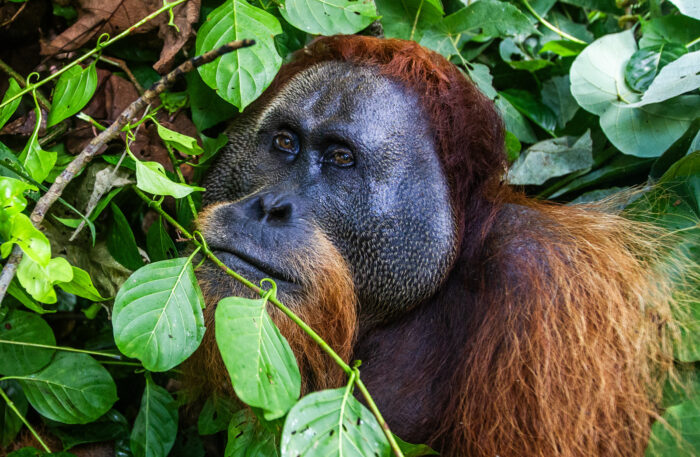
In 2012 I learned about the incredible Leuser Ecosystem, the last place on earth where tigers, elephants, orangutans and even rhinos still exist in the same forest system. It was the last intact forest that could sustain viable populations of these critically endangered species left in Sumatra, Indonesia.
This system had it all, high mountain peaks covered in cloud forests, tropical lowlands perfect for elephants and tigers and peat swamps that ran down the West coast, with more orangutans per square kilometer than any other place on the planet. It was quite literally the ‘Orangutan capital of the World’.
It is truly one of the last wild places in Asia. It’s just raw nature and that’s what fascinated me all those years ago. Ever since then I’ve returned every year to document the beauty, biodiversity and the threats.
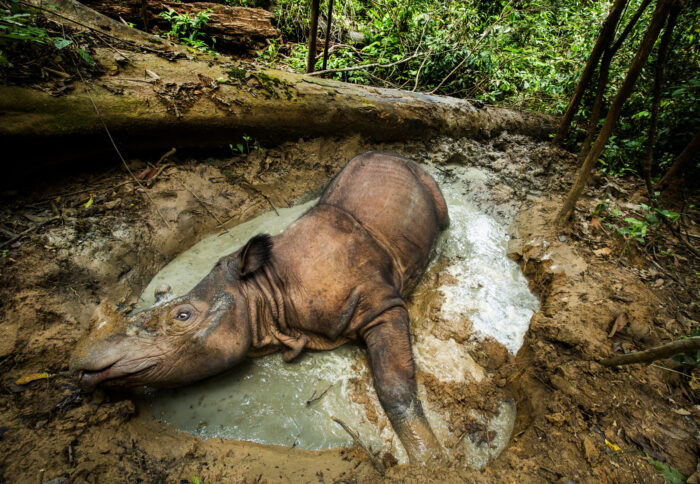
Recently on my last trip in October 2023, we heard about the peat swamps being cleared for expansion of palm oil. I’d seen a few pictures, but I wanted to see for myself. I’d covered this kind of clearing here before, in the Tripa peat swamp. It was cleared so quickly and now with less than 30 percent of the forest cover intact. This is where I witnessed orangutans being ripped out of their home forests.
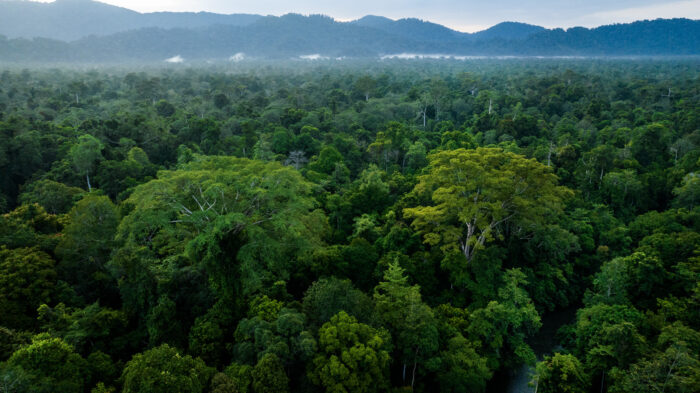
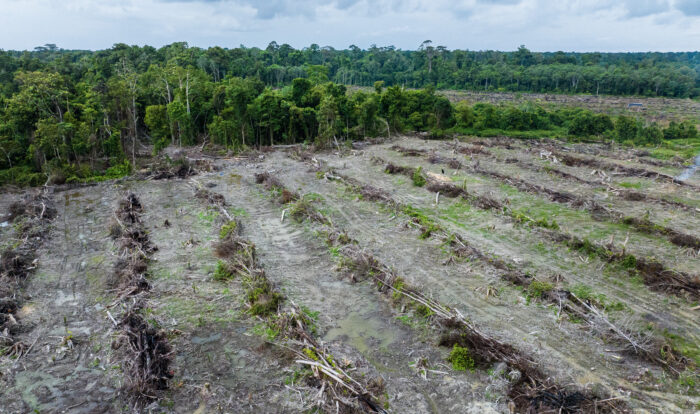
Once I made eye contact with an orangutan, who was named Avatar, I realized it was so wrong on so many levels. His home forest was lost to palm oil expansion.
Now it’s happening all over again in Singkil. I struggled to capture the devastation in a single image,
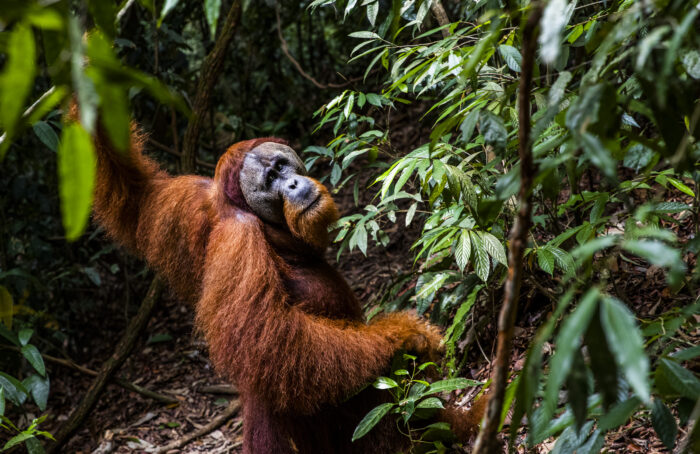
As we drove along a coastal road, large swaths of land had been cleared, giant trees felled, canals dug. We counted at least 20 large blocks of forest that had been cleared, some already replanted with palm oil trees. According to local conservationists the local communities are being exploited. This destruction is driven not by need but by greed. Powerful individuals with capital to fund and drive the encroachment into the Rawa Singkil Wildlife Reserve, making it look like small-holder farmers are in need of land and innocently encroached into wildlife habitat. Forest clearing in Singkil was done with heavy machinery, canals were dug using industrial size backhoe, draining and killing this peat swamp. Further highlighting the powerful forces behind this destruction.
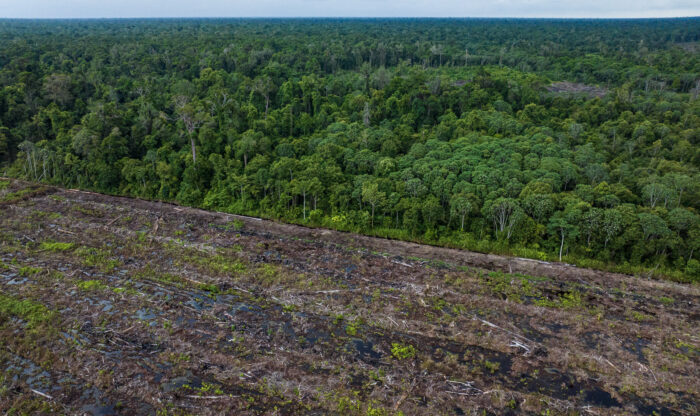
New canals are being established that drain water from the peat swamps drying out the carbon-rich peat soils below the forests. Water tables drop as the newly planted palm oil is so thirsty, wells that once remained full for days if not weeks, evaporate in days. Topsoil is lost and now with the ongoing threats of the climate crisis.
These forests are huge carbon sinks, decomposing ancient forest for thousands of years deep in the peat, but once they are opened up, all the carbon is released into the atmosphere and unknown viruses are released, it’s literally ticking time Carbon Bomb.
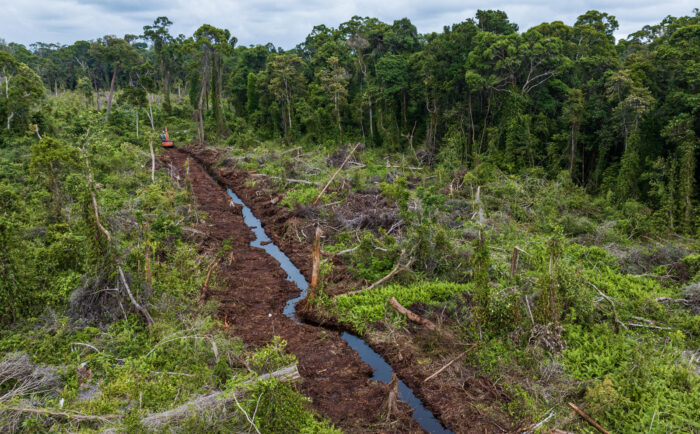
The climate crisis is real, and you’d think governments would have more political will to do something. The planet is in the hands of greed. It’s a sickness that will consume all of us. When we lose the planet’s life support systems, it’s will affect every living species, including ourselves.
Our relationship with the natural world needs to change fast. Imagine a world without tigers, orangutans, elephants and rhinos, because we are close. But we also have everything thing we need to stop the extinction and to allow the natural world to flourish once again.
What we do to the natural world, we do to ourselves.
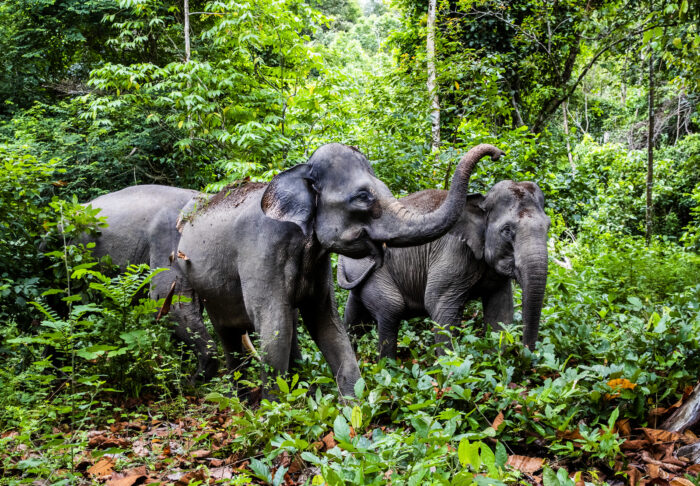
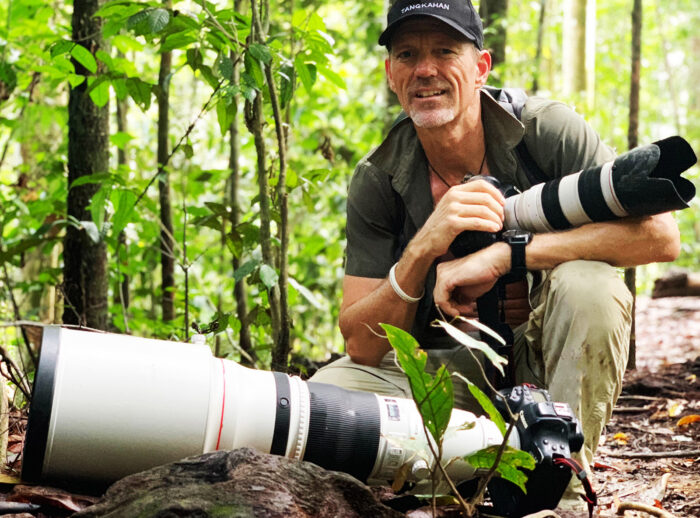 Internationally-acclaimed conservation photojournalist Paul Hilton is a wildlife crime consultant and has partnered with some of the largest conservation NFPs, such as the Rainforest Action Network, Global Conservation, Greenpeace, WildAid and the Oceanic Preservation Society. Paul has dedicated his life to his craft, becoming renowned for photojournalism that opens our eyes to faraway places and brings dangerous stories into our living rooms.
Internationally-acclaimed conservation photojournalist Paul Hilton is a wildlife crime consultant and has partnered with some of the largest conservation NFPs, such as the Rainforest Action Network, Global Conservation, Greenpeace, WildAid and the Oceanic Preservation Society. Paul has dedicated his life to his craft, becoming renowned for photojournalism that opens our eyes to faraway places and brings dangerous stories into our living rooms.
In this quest, Paul has spent decades documenting deforestation, focussing on land clearing and the illegal wildlife trade in Sumatra’s Leuser Ecosystem; following the shark-fin trade across the globe, from the fishing ports of Yemen and the Middle East to the high seas of the Pacific and Indian oceans; documenting life onboard long-lining fleets from Taiwan, China, the Philippines, and Indonesia; in the dried seafood markets of Southern China and Hong Kong; documenting a newly-discovered blue whale migration; satellite tagging of humpback whales; and documenting sustainable pole-and-line tuna fisheries worldwide. Paul is presently working on Kala Munda, an in-depth look into deforestation and habitat destruction and its impact on the Australian continent.